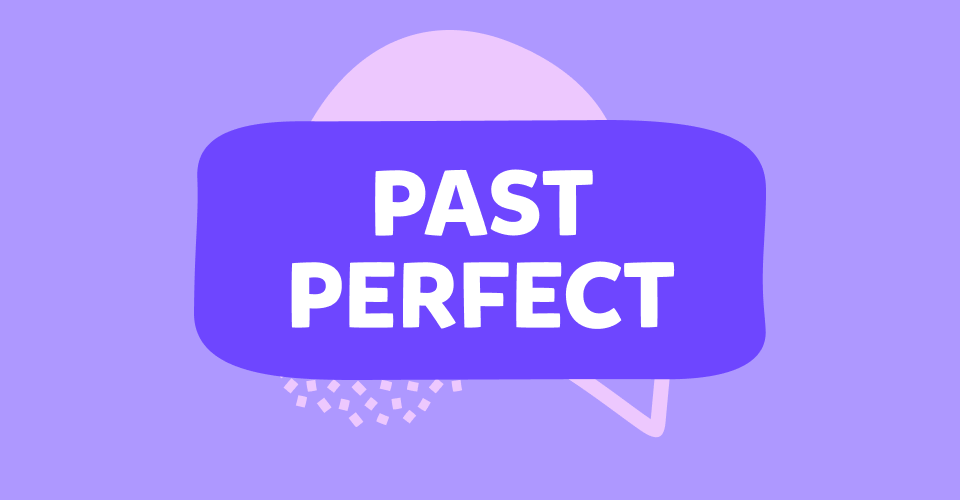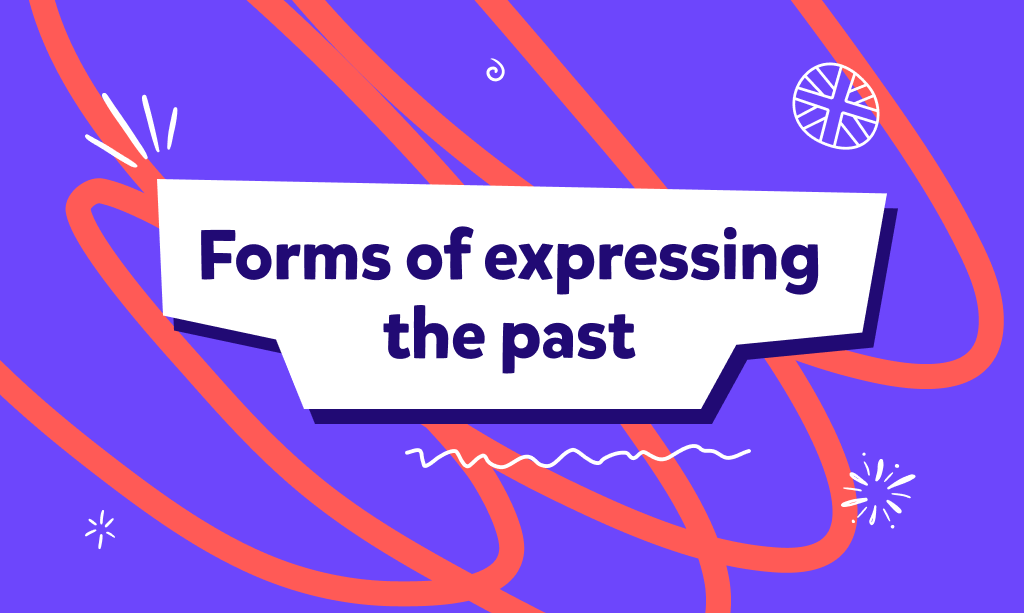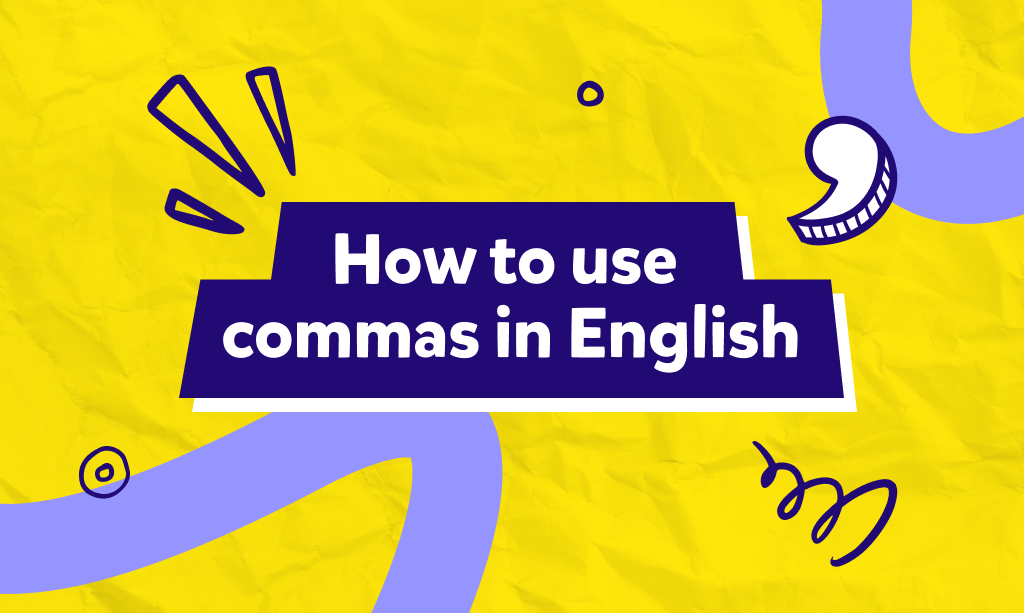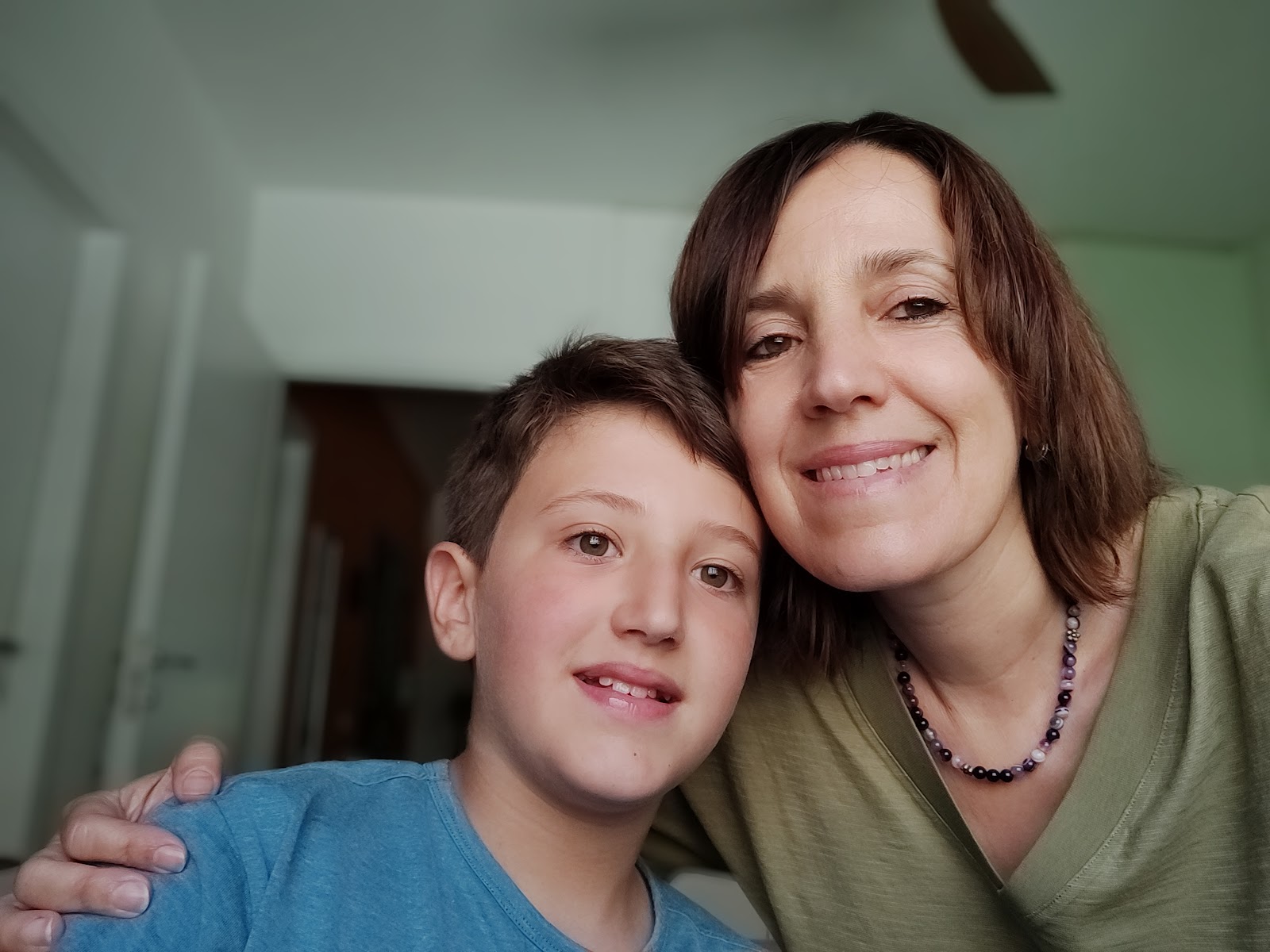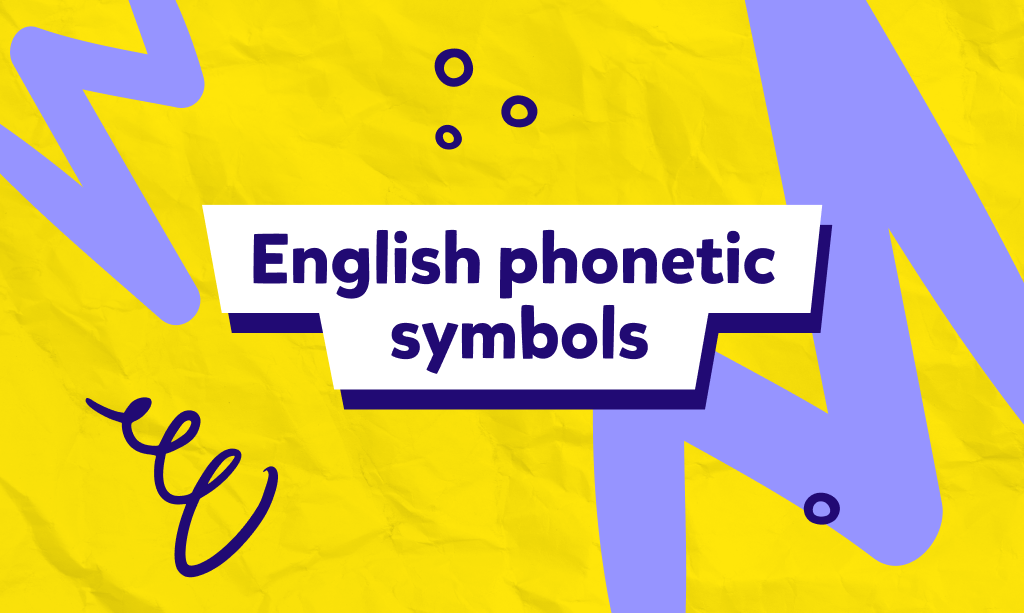- Cos’è il Past Perfect?
- Come si Forma il Past Perfect
- Quando si Usa il Past Perfect?
- Differenze tra Past Perfect e altri Tempi Verbali
- Errori Comuni con il Past Perfect Simple
- Past Perfect in Contesti Reali o con i Bambini
- Past Perfect Esercizi per Bambini
Do you know the English translation of sentences like: Before you arrived I had already left , or When I noticed, the thief had already run away ? 😨No? 😱 Don’t worry… evidently in your studies you haven’t yet had the chance to discover the past perfect!
And how’s your child doing? Has he already taken an English course for children , or does he only learn English at school?
In any case, we’re here! 💪 To help you understand everything about this verb tense, so important for expressing and understanding sequences of events in the past, we’ve prepared this article.
The content you are about to read was created by Novakid, an online school that organizes English lessons for children and teenagers all over the world, with programs ranging from English courses for toddlers to English programs for eighth graders .
But now… let’s set off on our journey to discover the Past Perfect! 🚀
Cos’è il Past Perfect?
The Past Perfect is an English verb tense used to indicate that one action occurred before another in the past . It is particularly useful for recounting events in chronological order and making it clear which event happened first.
This is a compound verb tense , made up of two elements: the auxiliary verb had and the past participle of the main verb .
It is the equivalent of the past perfect in Italian (be careful: ❌ is NOT the past perfect in English❌ ).
For example:
- When we arrived at the cinema , the film had already started .
This tense helps us to precisely establish the temporal relationship between two past events .
👉 If your child is learning the past tenses , the Past Perfect is an essential tool for building richer, more precise narratives.
Come si Forma il Past Perfect
Let’s now look at the formation rules for this verb tense . 👇
Past Perfect Structure: Affirmative Sentences
The basic formula for forming the Past Perfect is:
subject + had + past participle of the main verb
As you know, the past simple of have is the same for all persons, and the English past participle also has a single form, so the affirmative past perfect is quite simple to form: only the subject changes: I, you, he, she, it, we, they .
Let’s see some examples :
- She had visited the museum before lunch.
- They had finished their homework before dinner.
👉 With regular verbs , to form the past participle you simply add -ed to the base form of the verb
- watch → watched
- clean → cleaned
👉 With irregular verbs , the past participle changes:
- go → gone
- see → seen
- write → written
💡 Knowing English irregular verbs is very important: if you want to learn more, we recommend reading our article on English irregular verbs with online exercises .
Negative sentences in the Past perfect
Forming the negatives of this verb tense is quite simple: just add not after had, which often contractes to hadn’t:
subject + had not / hadn’t + past participle of the main verb
- I hadn’t studied
- She hadn’t gone.
How to Ask Questions in the Past Perfect
As always, interrogative sentences are formed by inverting the subject/verb. In this case, the auxiliary had (past form of have) precedes the subject, followed by the participle. Here’s the interrogative form’s structure:
had + subject + past participle of the main verb
Past perfect examples of interrogative sentences:
- Had they noticed?
- Had you talked?
The negative interrogative form has the same structure, with the contracted auxiliary hadn’t (= had not) instead of had:
- Hadn’t you heard that noise?
- Hadn’t John warned you?
Summary table
| Person | Affirmative | Negative | Interrogative |
| THE | I had eaten | I hadn’t eaten | Had I eaten? |
| You | You had gone | You hadn’t gone | Had you gone? |
| He/She | He had finished | He hadn’t finished | Had he finished? |
| We | We had tried it | We hadn’t tried it | Had we tried it? |
| They | They had seen it | They hadn’t seen it | Had they seen it? |
Quando si Usa il Past Perfect?
The Past Perfect is used in various contexts involving the past. Let’s look at the main use cases.
To indicate an action that happened before another in the past
The past perfect in English is used to establish a chronology, an order between two actions that occurred and were completed in the past: one action occurred before another or before a certain moment in the past.
✔️ The action that occurred before is expressed in the Past Perfect.
✔️ The action that occurred after is expressed in the Past Simple .
Example :
- When we arrived at the party , Tom had already left .
To provide context or explanation about a past event
The Past Perfect helps explain why something happened.
Example :
- She was crying because her dog had disappeared .
In sentences with before / after / when
When you use expressions like before , after , when , the Past Perfect clarifies the sequence .
Examples :
- After he had finished his homework, he played video games.
- He went home before the show had started .
- Had you filled up with fuel before you left?
In stories or narratives to create clear time sequences
In stories, the Past Perfect helps establish the correct order of events . 👉 For this reason, in our courses for 10-year-old children, the Past Perfect is introduced through stories and simple examples.
Narrative example for children : They had never owned a cat until they found a tiny, shivering kitten under their porch one rainy evening. It had been hiding there for hours, waiting for someone to notice. When Emma picked it up, she saw that it had already been soaked to the skin. They brought it inside, dried it with a warm towel, and gave it some milk.
Before that night, they had always thought pets were too much responsibility. But once they had looked into those big green eyes, they knew they had already fallen in love. By the end of the week, they had named it “Milo” and built a little bed for it in the living room.
From that moment on, their house felt warmer, and they realized they had been missing something special all along.
Differenze tra Past Perfect e altri Tempi Verbali
To avoid confusion , it is useful to compare the Past Perfect with other English verb tenses .
Present perfect vs Past perfect in English
We know that these two tenses can confuse native Italian speakers both because of their similar construction (the verb to have, one in the present and one in the past + participle) and because of differences in usage compared to Italian grammar that make it difficult to find exact correspondences.
However, the uses of these two tenses are radically different.
✔️ The present perfect:
- Describes an action that began in the past but is still ongoing or has effects on the present.
- The time when the action occurred or began is not defined.
- The action is neither preceding nor following any other.
✔️ Instead the Past Perfect:
- Describes an event that began and ended in the past.
- The moment when the action happens is defined.
- The action was completed before another, which also took place in the past.
One source of confusion could be represented by the forms of the verb to have. Is “I have had” in the present perfect or past perfect? ”I have had” is the present perfect: the past perfect of “have” is in fact “I had had .”
Past perfect vs. Simple past
The past simple and past perfect are both English verb tenses that indicate actions that have already occurred, but they differ in the timing and context in which they are used. We’ve talked enough about the past perfect. Let’s take a closer look at the past simple 👀
✔️ Past simple: It is used to describe actions that ended at a specific moment in the past. It is often accompanied by temporal markers such as yesterday , last month , in 2020 , etc. The focus is on the fact that the event took place and ended.
- I traveled to Paris two years ago.
- Mark closed the shop at 8 pm
Here is a comparison table
| Past simple | Past perfect |
| Single, completed actions in the past. | Actions that occurred before another past action. |
| Time of action clearly indicated. | Time sequence between two events that have already occurred. |
| It focuses on the accomplished fact. | It emphasizes the result or consequence of an action. |
Interested? 👉 Find out how Novakid teaches different verb tenses to primary school children.
Errori Comuni con il Past Perfect Simple
If you have read the previous paragraphs carefully, you will have already understood what the most common mistakes can be.
- Using the Past Simple instead of the Past Perfect ❌ When we arrived, the film started. ✅ When we arrived, the film had started .
- Confusing the Present Perfect with the Past Perfect ❌ I have eaten before they came. ✅ I had eaten before they came.
- Using the Past perfect twice with time markers ❌ Before she had gone , she had packed. ✅ Before she went, she had packed .
- Getting the form of the Past participle wrong ❌ I had gone to the store. ✅ I had gone to the store.
- Forgetting the second action in a timeline ❌ I had finished. ✅ I had finished my work when the phone rang.
Past Perfect in Contesti Reali o con i Bambini
The past perfect may seem like an advanced concept for younger children, but it can actually be introduced naturally through concrete examples from everyday life. Children learn more easily when they can connect grammar to personal experiences and family situations.
To make learning fun, parents can turn grammar into a game: invent short family stories, where the child has to guess which action happened first, and then use the past perfect. Or they can use a family photo album and ask, ” What had happened before this photo was taken?” This way, the child associates the verb tense with concrete memories, facilitating memorization and spontaneous use in everyday conversation.
📌 To practice telling stories in English with the Past Perfect, the best way is always to have an English conversation with a native speaker!
Past Perfect Esercizi per Bambini
For active and interactive learning, it’s helpful to encourage children to create short stories with timelines in the past. This can be done through oral or written exercises. A fun method is to provide children with prompts: the story’s theme, main characters, or the beginning.
See the examples below 👇
1. The Lost Homework Mystery
Prompt: Sarah couldn’t find her homework when the teacher asked for it. What happened earlier that morning?
Story: Sarah opened her backpack and searched everywhere, but the homework was gone. She looked worried. Then she remembered—her little brother had taken her notebook to draw in before breakfast! By the time Sarah got home later that day, he had already covered every page with dinosaurs and rockets.
2. The Birthday Cake Surprise
Prompt: Tom arrived at his friend Mia’s birthday party and saw something strange.
Story: When Tom walked into the kitchen, the cake plate was empty. Mia laughed and explained, “We had left the cake on the table for just a minute. But our dog, Max, had jumped up and eaten half of it before anyone could stop him!” Everyone decided to sing Happy Birthday with cupcakes instead.
3. The Magical Book
Prompt: Emma found an old book in the library. It looked like it had a secret.
Story: Emma opened the dusty cover and gasped. Someone had written a map on the first page, leading to a hidden garden behind the school. She followed the map, and when she reached the gate, she realized the flowers had bloomed in colors she had never seen before. It felt like stepping into another world.
Online exercises on the Past perfect
We’re almost at the end of our guide. To find out if you’ve understood everything or need to review something, there’s nothing better than doing some exercises. Encourage your child to do them with you or with their friends or classmates. There are over 100 exercises here—good luck!
👉 Past perfect exercises 👈
Other resources
📌Novakid also offers other opportunities to do storytelling exercises to learn the Past Perfect in a fun way : try its Virtual Explorer courses!
Your child can learn verb tenses easily: start with a free lesson today!

































